Get Started: A beginner’s guide to having a mini garden at home
We all need to start somewhere. In CNA Lifestyle’s new mini-series on activities you can do at home, we break it down step by easy step, with help from some experts. This week, it’s all about plants.
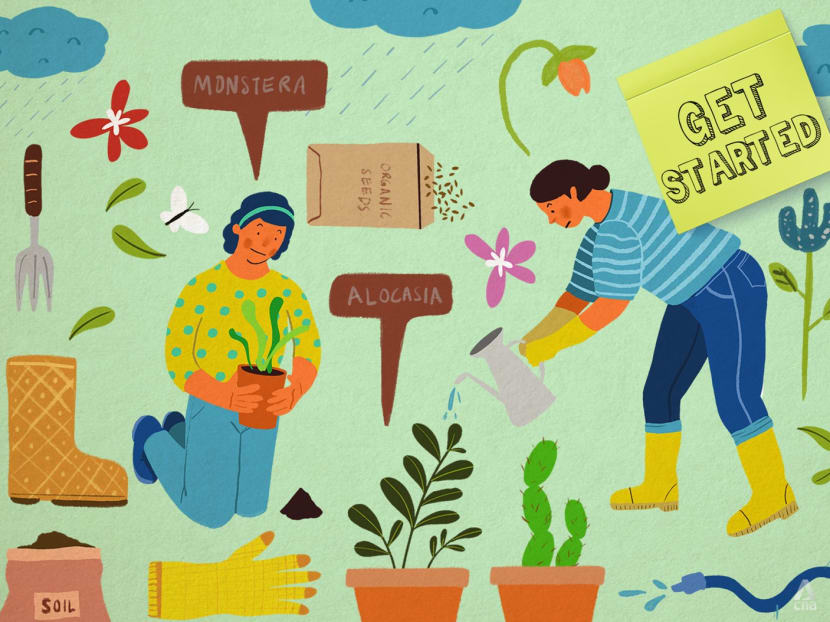
(Art: Jasper Loh)
Thanks to the pandemic, everyone seems to be into home gardening. If you’ve been thinking about it but aren’t sure how to start, we've got the experts to dish out some advice on unleashing your green thumbs in the comfort of home.
1. COMMIT TO IT
The idea of embellishing your house with some new leafy friends might be an exciting one, but one should not underestimate the amount of effort and time that goes into caring for them.
The attention that plants require can be akin to owning pets, said Muhammad Hazri, a senior horticulturalist at Gardens by the Bay.
Related:
“People often think that it is easier to grow plants than raise a pet, but they require an equal amount of effort and commitment,” said Hazri.
“If you are able to give your plants what they need, they will surprise you with lush growth and sometimes, flowers. Neglecting them might cause them to attract pests, like how a neglected pet might fall sick.”
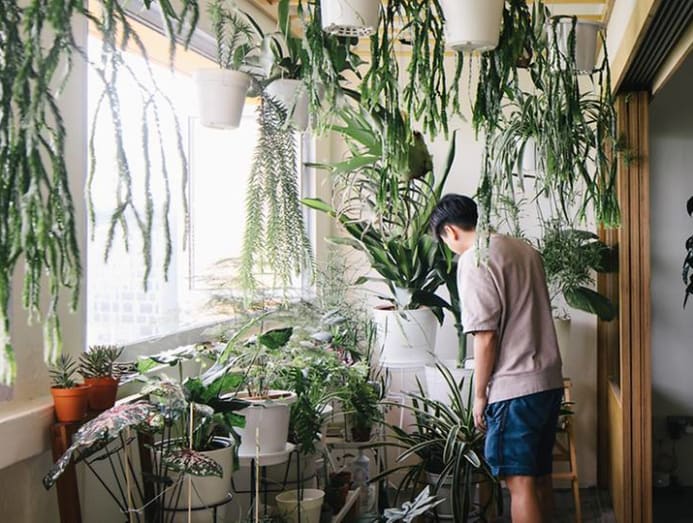
If that seems like way too much effort, consider going for plastic plants instead. However, you may miss out on the emotional and physical benefits that real plants can often bring.
“We believe it brings people joy to care for their plants, in addition to a host of benefits (that comes with) surrounding yourself with plants,” said Denise Law, founder of Tumbleweed Plants. “For instance, they absorb toxins, purify the air we breathe, and bring us closer to nature.”
2. KNOW YOUR BUDGET
Having a home garden comes with actual expenses. “For plants and fertilisers, prices usually start from around S$30 to $50, depending on the kind of plants one keeps,” said Fendi, owner of Littlebotany.
“It is always good to get a shelf as well, as elevating the plants from the ground would make the garden look aesthetically pleasing. A decent, average shelf from IKEA or neighbourhood furniture shops would go for around S$150.”
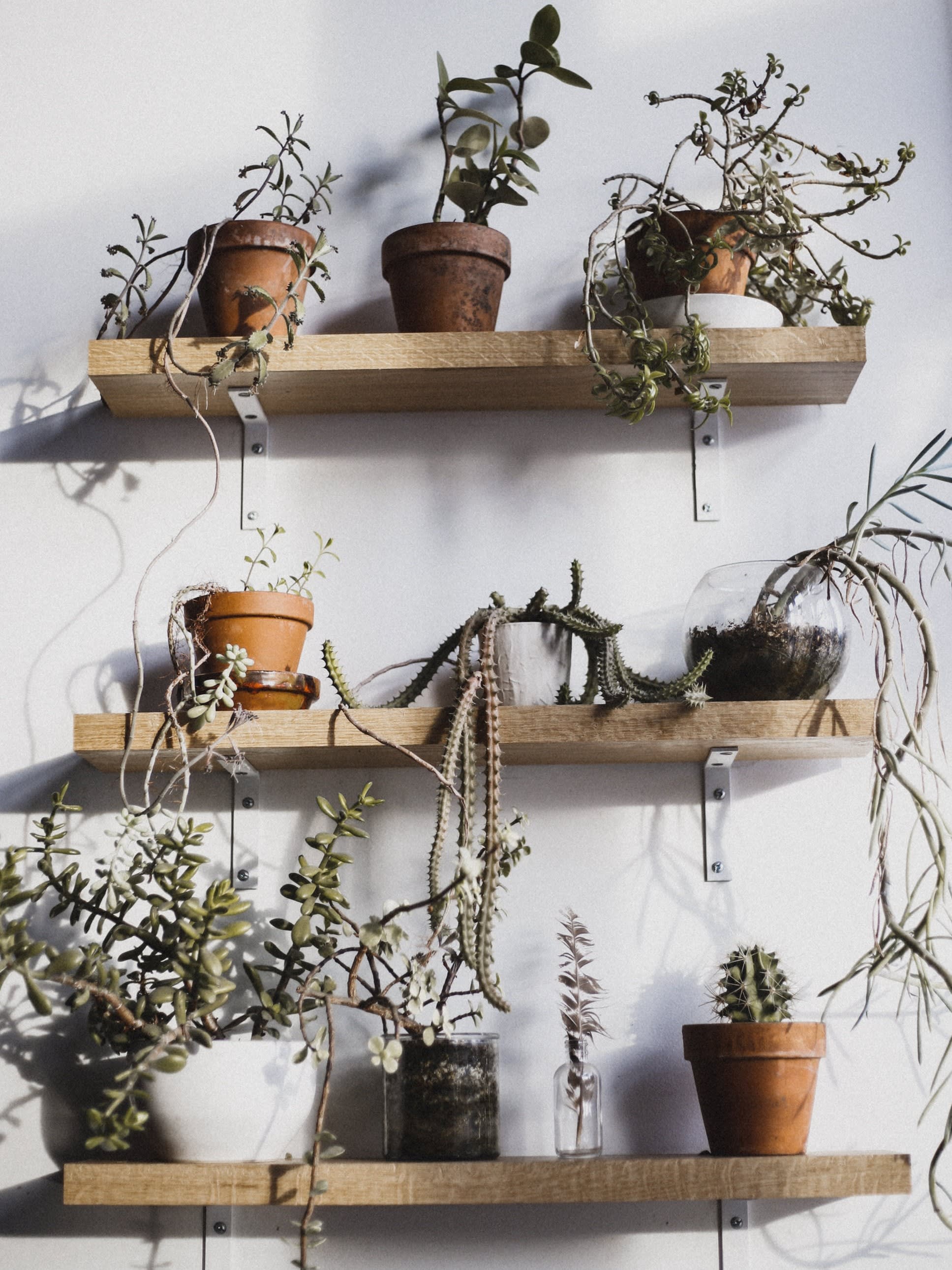
However, building a home garden does not necessarily have to be expensive. If you are on a budget, consider upcycling household materials to cut costs.
“Tin cans, containers and bottles can function as pots for your plants. Learning simple plant propagation techniques with cuttings or germinating packet seeds can help to reduce expenditure as well,” said Hazri.
3. FIND A SUITABLE SPACE
Possibly the most important factor to consider is the space available. Are you eyeing that room with a well-lit window? Is your condo balcony facing direct sunlight? Are you working with a small and dim corner of your HDB flat?
How a garden flourishes is impacted by the space, which determines factors such as the amount of sunlight the plants receive, or the amount of space they have to grow.
Different plants require different amounts of sunlight. Hence, recognising the type of sunlight that comes through your home would allow you to make informed plant purchases.
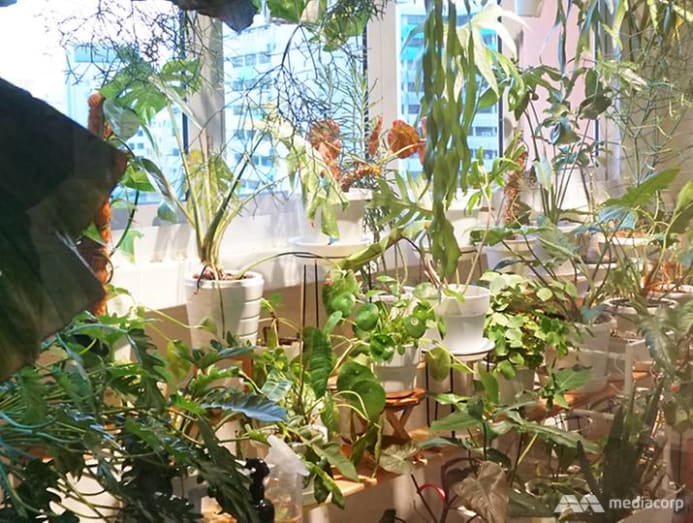
“Sit at home for a day and understand the light that comes through your space. The various amounts of light can be broken down into three categories,” said Fendi, who broke it down for us:
- Full, direct sunlight: When the light is in full effect, in your face and you feel the heat.
- Bright, indirect sunlight: When some sunlight comes through, but it is not in full effect.
- Shaded: Only a little sunlight comes through, perhaps just enough for one to read a book or see a slight shadow.
Once you’ve identified your space, you’ll be better equipped to research the type of plants best suited for you. “Lighting is key when it comes to growing plants,” said Daryl Toh, founder of The Nursery. “Even though certain plants can do (well in spaces) with little sunlight, they won’t die, but they won’t look good either.”
Bottom line: Avoid setting up your garden in areas with low lighting.
4. GET CREATIVE WITH THAT SPACE
If you are looking around your home now and wondering where to fit a plant (or five), consider some creative hacks.
For instance, a hanging display helps to elevate the plants off the ground. This can be achieved by placing your plants in hanging planters via hooks mounted to the walls or ceiling near a window.
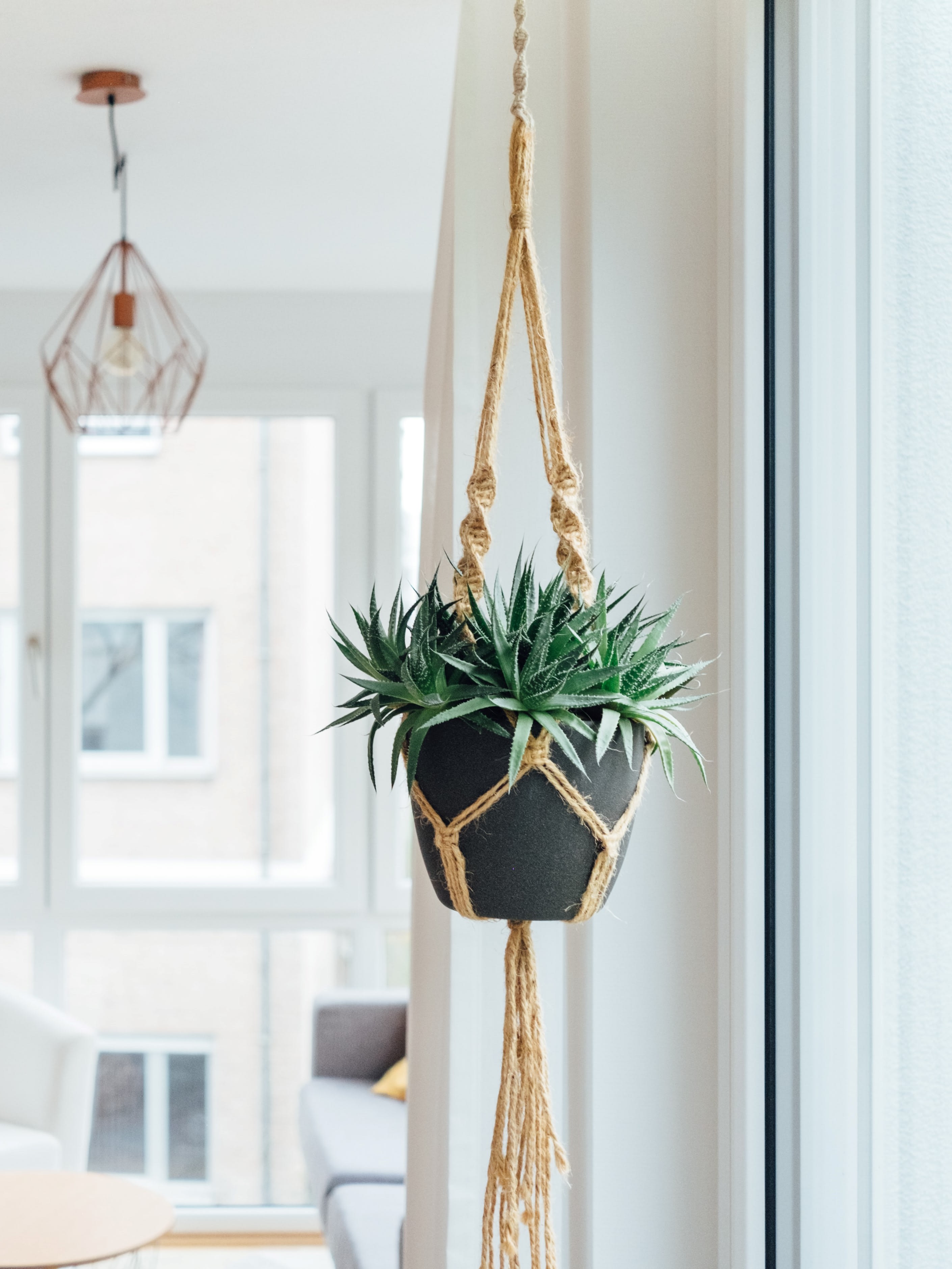
Not only does this make for a beautiful visual display, your plants can also enjoy ample amounts of unobstructed sunlight, said Law.
“For small plants, window sills or ledges are the perfect spots to place them, as they receive bright direct light. Most homes have that awkward corner that can’t seem to fit any furniture as well. These are ideal spaces to incorporate plants in a natural way. Arrange the plants at varying heights and combine different patterns and textures,” she explained.
5. DECIDE ON THE RIGHT PLANTS – FOLIAGE OR FLOWERS?
Not everybody has naturally green fingers. Read up on plant care, and specific needs of different plants before purchasing them. Information is easily accessible on the Internet, such as on online gardening forums and groups, or through sellers.
Beginners should start with simple plants. The snake plant (dracaena trifasciata) is a good starter, as they require minimal sunlight and water, suggested The Nursery’s Toh.
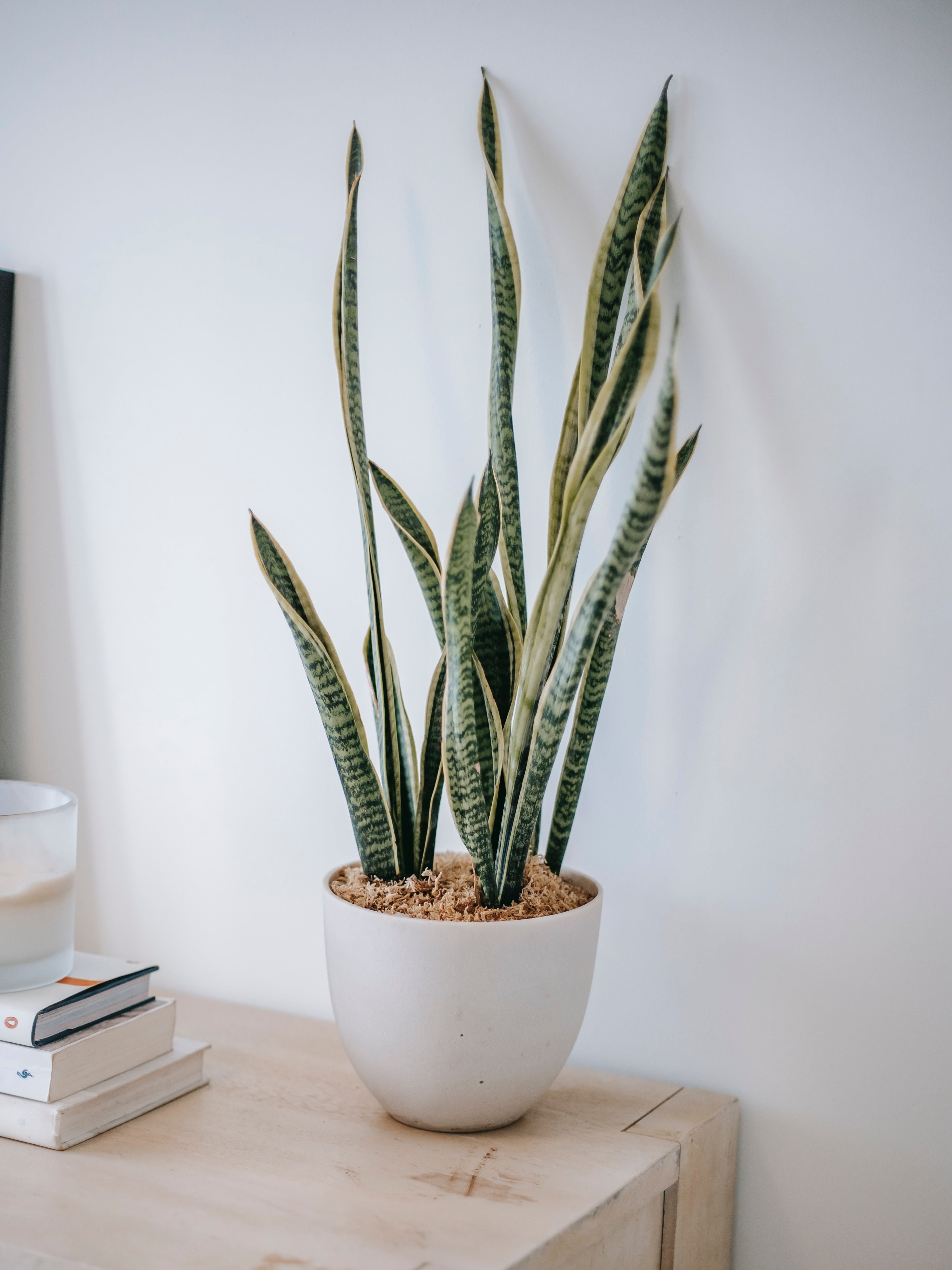
“We have customers who water their snake plants once a month, and they survive. They do not need any form of light as well.”
Hazri agreed that low-maintenance plants are best for amateurs. “For beginners, I would recommend the common money plant (Epipremnum aureum), as they are able to tolerate both sun and shade conditions, and can be planted without soil in just a container of water.”
Other plants worth trying are ZZ plants (Zamioculcas zamiifolia) or air plants (Tillandsia varieties).
If you want to level up, there are always flowering plants. However, be warned. While both non-flowering and flowering plants bring to the table their own distinct charms and benefits, the latter usually requires more attention and sunlight than the average home in Singapore can provide, said Fendi.
“Unless your home has full direct sunlight coming in, or you have an outdoor space for your plants to be, most HDB homes do not meet the sunlight requirement that flowering plants need,” he said, adding that these also attract more garden pests, such as mealybugs and spider mites.
But if you still want to try your hand at flowering ones, Law recommended fairly easy ones such as the Peace Lily and Tradescantias.
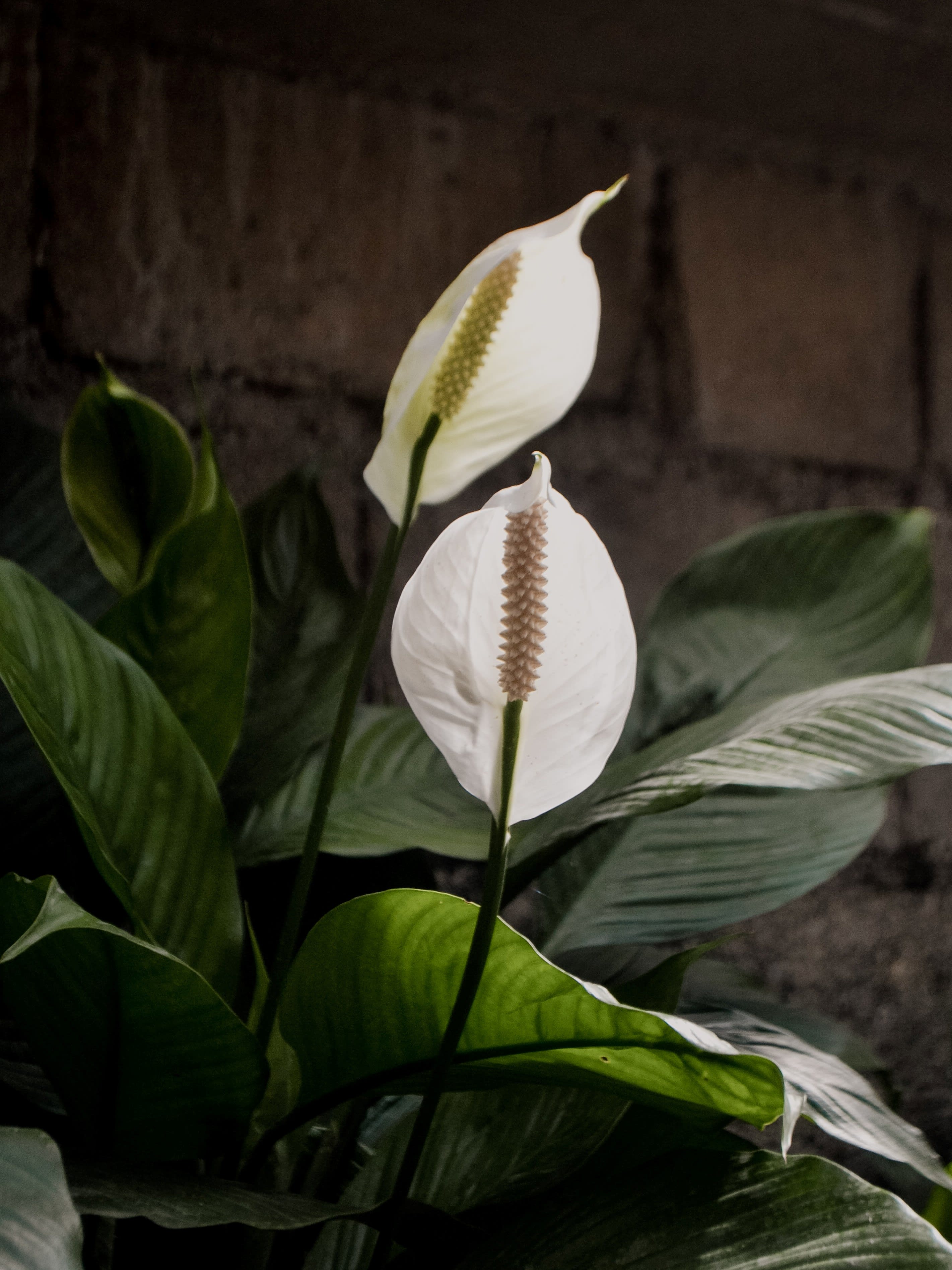
6. DECIDE HOW MANY PLANTS YOU WANT
Is there a magic number? “A good range would be five, to a maximum of 10 plants per room. For a newcomer, anything more might become a little bit overwhelming,” said Fendi.
If you’re confident you can handle that many, it will help to have a variety of sizes, types and number of plants to make your home garden more aesthetically pleasing.
One suggestion from Fendi: “Get one small plant for your coffee table, one big plant on the floor beside your TV console, and two in the corner of the room.”
7. PREP YOUR TOOLS AND MATERIALS
Besides the usual affair of pots and displays, some basic gardening tools and materials will come in handy.
“Some essentials for maintaining a home garden include watering cans, water misters, potting mats, repotting tools and leaf pruners,” said Law. “Basic plant care products such as potting soil, fertilisers and neem oil can help to keep your plants lush and healthy.”
And while basic tools such as watering cans and shovels might come in handy, tools are not an absolute necessity for beginners, said Toh.
“When mixing your own soil mix or repotting plants, always use your bare hands. Your hands are your best tools,” he said. “You need to feel the soil to better gauge if the soil is too tight or too loose.”
Exploring various lighting options can also help circumvent any potential lighting issues.
However, it is important to note the difference between different lighting options such as artificial, LED lights and growth lights.
“Growth lights are very similar to natural sunlight which allows plants to grow well,” said Daryl.
“On average, plants require around six to eight hours of sunlight daily. If you are using a regular LED light, the plants would need to be exposed to it for about 12 hours daily in order for it to work.”
8. TAKE CARE OF YOUR GARDEN
Once you’ve gotten your plants and have assembled your garden, you’re now officially a home gardener – if you do it right.
Besides the regular combination of sunlight and water, additional steps should be taken to ensure your plants are healthy and happy.
Remember how Hazri described it as similar to having pets? “Fertilisers are akin to vitamins and health supplements for humans, and are definitely necessary for plants to grow well in the long term and aid in flowering or fruiting,” he said.
“However, it is important to note that there are different types of fertilisers for different plants and purposes, such as fertilising for general plant growth, or for flowering.”
He added: “One often easily overlooked mistake made by home owners is not having the habit to check for plant pests and diseases at the time of purchase or propagation. This can unfortunately spread from one plant to another rapidly, which may lead to a complete garden wipe out. Plant owners should make it a habit to check their plants and soil from time to time for symptoms and signs of such issues.”
To deter attracting bugs such as spider mites to your plants, give your plants a good wash down once every two to three weeks, recommended Toh.
“As more dust collects on the foliage, it tends to attract bugs as they love dusty environments. Make it a habit to clean off the leaves of dust,” said Toh. “Spray organic pesticides as well to further deter pests from attacking your plants.”
EASY PLANT CARE HACKS
- Apply soil conditioner once every two months or so to the top layer of the soil – this contains humus, which helps strengthen the soil structure so that plants can absorb nutrients better.
- Repot plants roughly once a year – as plants eventually outgrow the pot and their roots will need a bigger home, repotting helps to loosen up the soil and introduce fresh nutrients, helping with overall drainage.
- Try to position plants away from dry air from air conditioners and heaters, and strong winds – generally these conditions can dry out plants quickly, although some hardy plants can tolerate air-conditioned environments.





